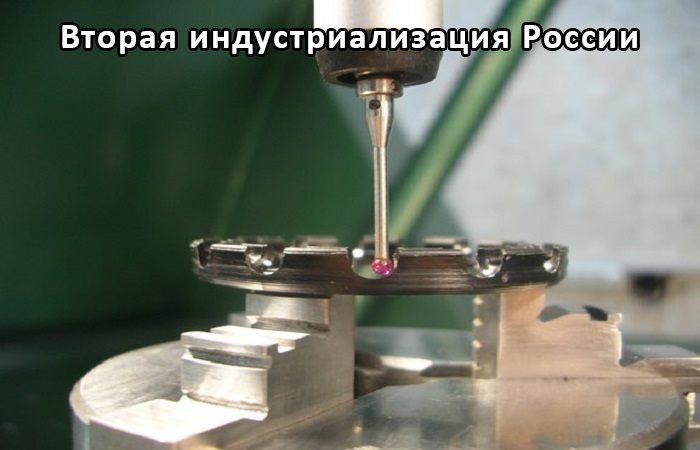Power station waste

Carbide power plant waste.
Carbide power station is a power plant, where raw materials are human waste, and the finished product – synthetic oil, metals, including rare earth and radioactive, electrical, and thermal energy.
The advantages of carbide electric station
Carbide power plant:
Carbide power station is virtually modeled natural laboratory for producing synthetic oil and other valuable end products of human waste, completely disorganized to prevent the allocation of landfill gas from landfills burial of solid waste and that eliminates landfills and uncontrolled landfills.
So, each person generates annually from 300 to 500 kg only household waste. According to official data, Russia has accumulated more than 100 billion tonnes of waste. Each ton of solid waste per year emit into the Earth’s atmosphere up to 5 cubic meters of landfill gas. Combustion of landfill gas poisoning the atmosphere around landfills and Metropolitan cities that generate them.
The technology carbide power stations are well-known opening of the XVII-XX centuries: reactions, Lavoisier, Boudoir, Fischer-Tropsch, the theory of Mendeleev, Gubkin, the work of Clement, Adams, Haskins, Klimov, Sinelnikov, Harris, of Parupa, Cobb, of Persona, Energy Institute. G. M. Krzyzanowski (ENIN method), etc.
Wastes (peat, coal, tar, molasses, tires, MSW) containing carbon in any form, are mixed in a certain ratio with calcium containing materials: chalk, limestone, marble, slaked or quicklime, gypsum, forming the mixture.
The mixture may be subjected to smelting in a closed furnace, reactors or baths, as well as directly in the volume of the charge, limited one way or another, one of two known methods:
– create a melt of calcium carbide in closed furnaces, reactors, baths with carbon or special vysokotehnologichnye to 3500 degrees OS electrodes, electric arc (electric current to 3,000 amps, voltage 50-120 volts) from the electrical transformer,
– blowing pre-heated to a certain temperature mixture of air and non-condensed (in a special device with catalyst) gases through pipes with a diameter of 200-300 mm material (body of the landfill, caratula, peat, sludge). Analogue of this method is the “heap” roasting of limestone and chalk in the XVII-XVIII centuries in the Urals.
As a result, the melt of calcium carbide are the following chemical reactions:
1. CaCO3 = Cao + CO2 the decomposition of chalk into lime Cao and carbon dioxide CO2 component for the reaction of formation of calcium carbide,
2. CaO +3C = CaC2 + CO – fusion of lime and carbon at a temperature of 1700-2100 degrees of OS, the formation of calcium carbide CaC2 (a patent for this process was obtained by Moissan and Bulge in 1892),
3. CA(Oh)2 = Cao + H2O – restoration of lime (component for the formation reactions of calcium carbide),
4. CO + H2O = CO2 + H2,
5. Co + H2 = the synthesis gas,
6. Co + H2 = СпН2п+2 + H2O the formation of hydrocarbons (a common reaction of the Fischer-Tropsch 1931),
7. 2СО = CO2 + WITH the formation of oxides of carbon, component for obtaining hydrocarbons (reaction of the Boudoir),
8. C + CO2 = 2СО,
9. WITH + 2Н2 = CH3OH is the production of methanol,
10. WITH + 3Н2 = CH4 + H2O the formation of methane (private reaction Fischer-Tropsch),
11. 2C + 2Н2 = CH4 + CO2,
12. 3Fe + 4N2O = Fe3O4 + 4H2 the hydrogen (reaction Lavoisier),
13. 2FeC + 3Н2О = Fe 2 o 3 is + С2Н6 – the formation of hydrocarbons – ethane С2Н6 (this reaction was first introduced by D. I. Mendeleev Russian chemical society 15.10.1876 in confirmation carbide inorganic theory of origin of oil)
14. CuO + H2 = Cu + H2O SiO2 + H2 = Si = H2O, Nom + mH2 = nM +mH2O (overall reaction) the recovery of metals by hydrogen (the main reaction in the processing of electronic scrap),
15. CaC2 + H2O = Ca(Oh)2 + C2H2 – obtaining hydrocarbons (acetylene) from calcium carbide and lime, which again reacts.
Then, depending on conditions, temperature, pressure, condensation rate of the gas phase in the oil occur the following reactions:
16. CaC2 + H2O = Ca(Oh)2 + C3H8 (gas condensate),
17. CaC2 + H2O = Ca(Oh)2 + CnHmОz (oil),
18. CaC2 + H2O = Ca(Oh)2 + CH4 + C (graphite).
During melting of the batch at a temperature of 1700 -2100 degree centigrade, from the hearth or smelting crater produces gases containing CO2, co, H2, CH4, H2S, having a total calorific value of 7-10 kcal/kg.
The condensed gases СnНmОz (artificial oil) are collected in a container, non-condensed (CH4, CO, H2, CO2, H2S) hardened and cooled gases are sent to gas engines are internal combustion of electric current, generating electricity for own needs and for the consumer side.
The recovered metal is collected in a special device in the bottom of the reactor due to the difference of specific gravity: carbide of calcium and 3.2 g/cm3, iron – 7.85 g/cm3, copper – 8,92 g/cm3, and the silver is of 10.49 g/cm3, palladium – 12,02 g/cm3, cadmium is 8.65 g/cm3, etc.) and is produced after a certain time in the liquid alloy.
It is possible to recover radioactive metals from waste and fly ash of power plants.
With 1 ton of solid waste with the necessary amount of consumed calcium containing materials using carbide power stations can be up to 400 kg of the condensed liquid phase hydrocarbons up to 400-600 kg of non-condensed gas phase hydrocarbons, up to 200 kg of technical calcium carbide, 50 kg of recovered alloys of rare earth and radioactive metalsthat are in the waste.
The advantages of carbide electric station:
– complete utilization of waste dumps and landfills,
– the generation of electrical and thermal energy
– receive valuable end-products (oil, metals, etc.).
Links to sources:
Here are the links to the sources:
https://elibrary.ru/item.asp?id=30281899 .
Note: © Photo , .



